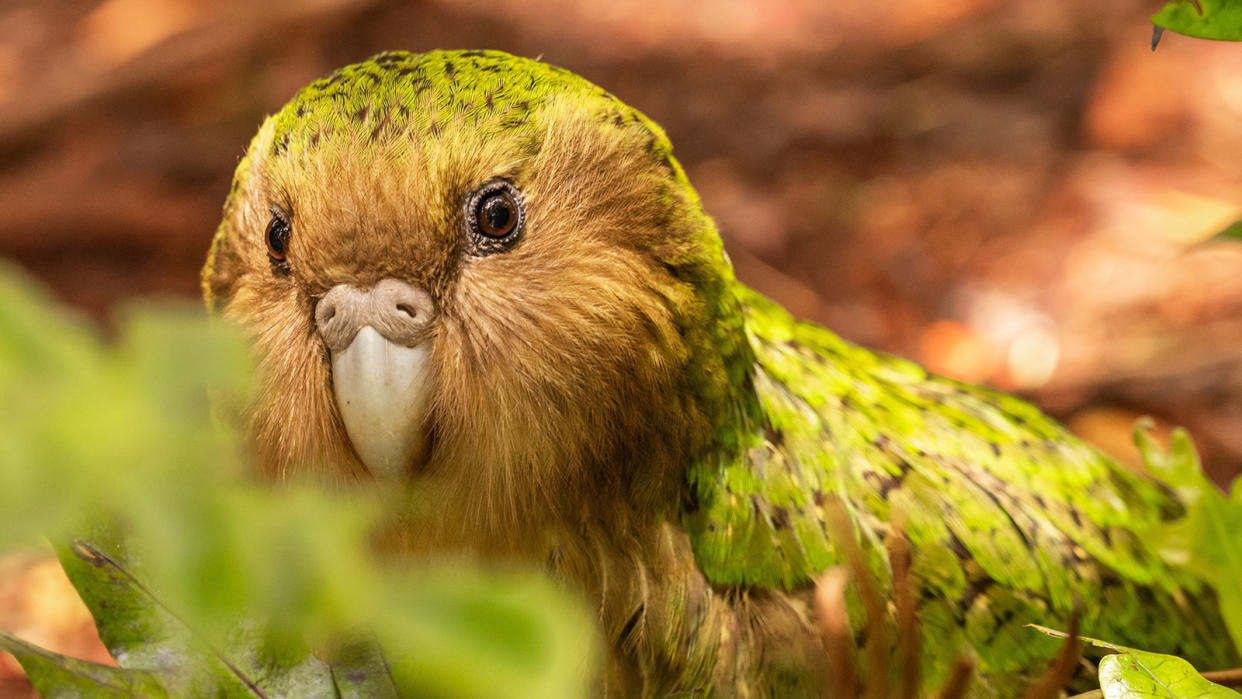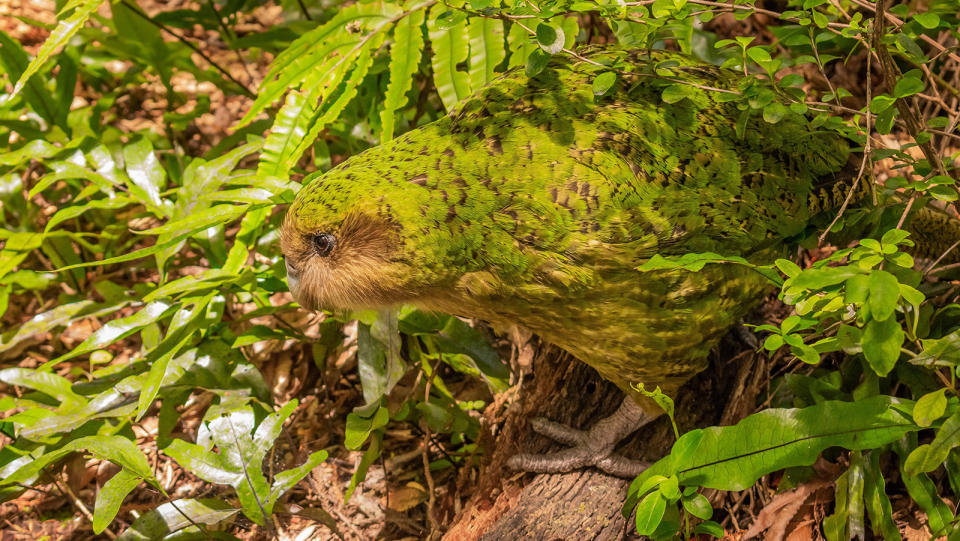4 Kākāpō Facts That Are Almost Too Cool to Be True

The kākāpō (Strigops habroptilus) is a large flightless bird from New Zealand. Also known as the owl parrot and the night parrot, it has an owl-like face but isn't an owl at all; it's a flightless parrot.
Learn more about these record-setting and critically endangered birds.

4. The Kākāpō Is the Loudest Bird in the World
This critically endangered parrot is one of the loudest animals on Earth and the loudest bird, with a 132-decibel mating call known as a "boom."
The kākāpō (sometimes spelled as "kakapo," without the Māori macron over each vowel) is the only flightless bird that engages in lek breeding.
This means that during the breeding season, male kākāpōs engage in competitive courtship displays (lekking) to attract females. Male kākāpōs dig shallow bowls in the ground to amplify their booming vocalizations.
3. The Kākāpō Is the World's Heaviest Parrot
As the world's heaviest parrot species, it's not entirely surprising that the kākāpō cannot fly. An adult male kākāpō can weigh up to 13 pounds (6 kilograms).
2. Kākāpōs Came Back From Extinction
The International Union for Conservation of Nature declared the kākāpō extinct in the wild in 1994, but by 2000, conservation efforts successfully saved the species from extinction and it was declared critically endangered in 2000.
Kākāpōs were abundant throughout the the North Island, South Island and Stewart Island in New Zealand before humans arrived; today, they live on Whenua Hou (Codfish Island), Anchor Island and Te Hauturu-o-Toi (Little Barrier Island).
A major threat to these flightless birds is the presence of invasive mammalian predators like cats — which hunt kākāpōs — and stoats and rats, which eat kākāpō eggs. Today, all introduced predators which threaten kākāpōs have been removed from their protected habitat to create predator-free islands.
Now That's Impressive
These flightless birds aren't the only living species to have come back from extinction. At least four other species were believed to be extinct for decades before living specimens were found in the wild.

1. Kākāpōs May Be the World's Longest-Living Birds
Kākāpōs live a long time. This island species may be the world's longest-lived bird, with a reported lifespan of up to 90 years of age. (The Guinness World Record for oldest bird went to Cookie, an 82-year-old cockatoo.)
Unlike cockatoos, these land birds of New Zealand do not survive long in captivity, and their median lifespan in the wild is 40 years. It's essential that the kākāpō islands remain predator-free so the kākāpō population can continue to grow.
Original article: 4 Kākāpō Facts That Are Almost Too Cool to Be True
Copyright © 2024 HowStuffWorks, a division of InfoSpace Holdings, LLC, a System1 Company


